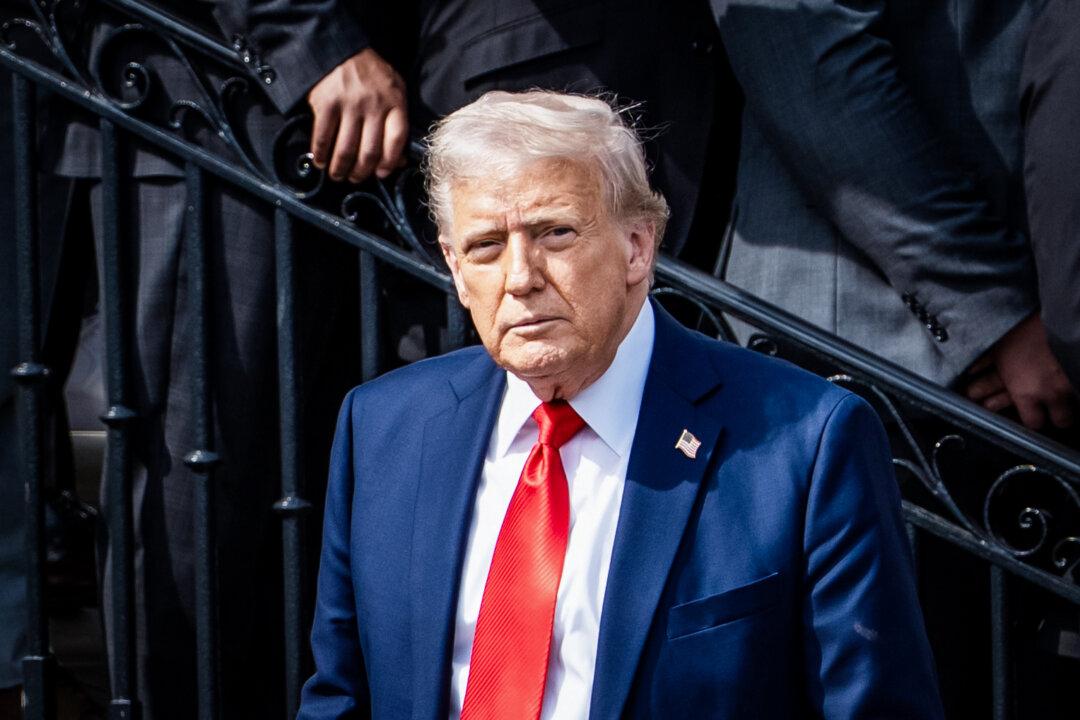NEW YORK—Macy’s announced on March 30 that it will temporarily halt paying the majority of its 125,000 employees who were sent home when the retailer shuttered its stores amid the spread of the CCP virus pandemic.
Affected workers will continue to receive health benefit coverage at least through May, with Macy’s paying their premiums. The company expects to begin bringing workers back on a staggered basis once its retail business restarts.





